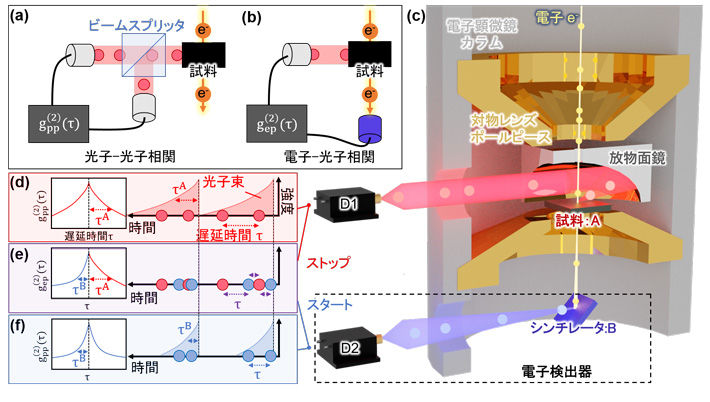2023-10-17 チャルマース工科大学
◆通常の方法ではアルミニウムの除去に問題があり、新たな解決策が必要でした。この新しい方法では、リチウムとアルミニウムを優先的に回収し、他の貴重な金属を無駄にしないように工程を逆転させています。この方法は、リサイクル業界に新たな選択肢を提供し、バッテリー製造に必要な貴重な金属の無駄を減らす可能性があります。将来的には産業で使用できるようにスケールアップすることが期待されています。
<関連情報>
- https://news.cision.com/chalmers/r/new-recipe-for-efficient–environmentally-friendly-battery-recycling,c3855064
- https://www.sciencedirect.com/science/article/pii/S1383586623010511?via%3Dihub
EV用リチウムイオン電池からのリチウムの完全かつ選択的な回収: シュウ酸を浸出剤として用いたモデリングと最適化 Complete and selective recovery of lithium from EV lithium-ion batteries: Modeling and optimization using oxalic acid as a leaching agent
Léa M.J. Rouquette, Martina Petranikova, Nathália Vieceli
Separation and Purification Technology Available online: 27 May 2023
DOI:https://doi.org/10.1016/j.seppur.2023.124143
Highlights
•Successful use of oxalic acid as a selective leaching and precipitating agent.
•A design of experiments is used to determine the factors influencing the dissolution.
•98% of the lithium is recovered in the leachate and 100 % of the aluminum is co-dissolved.
•Less than 0.5 % of the cobalt and nickel is dissolved and about 1.5 % of the manganese.
Abstract
The necessity of a feasible process for the recycling of lithium-ion batteries is nowadays evident due to the significant demand for raw materials for battery production, but also due to legislative requirements to achieve certain recycling efficiency with sufficient quality of the products. Special conditions to achieve high lithium recovery and its use in new batteries represent a challenge for a commercial hydrometallurgical approach. In this work, an early selective recovery of lithium using oxalic acid as a leaching agent is investigated. The different solubility of transition metals oxalates in comparison to lithium oxalate was the main driving force to achieve selective separation in the leaching step. Nickel, cobalt, and manganese oxalates are insoluble and remained in the solid residue, while lithium oxalate was dissolved in the solution. Using a design of experiments to optimize the operation, optimal parameters were identified as 60 °C, 60 min, 0.6 M oxalic acid, resulting in 98.8% leaching yield for lithium, while less than 0.5 % of cobalt and nickel, and 1.5% of manganese were leached. This can significantly improve the lithium recovery in the current recycling processes. Moreover, aluminum was completely dissolved, which is a phenomenon not reported previously. It would constitute an advantage to the subsequent recycling operations.
Graphical abstract




